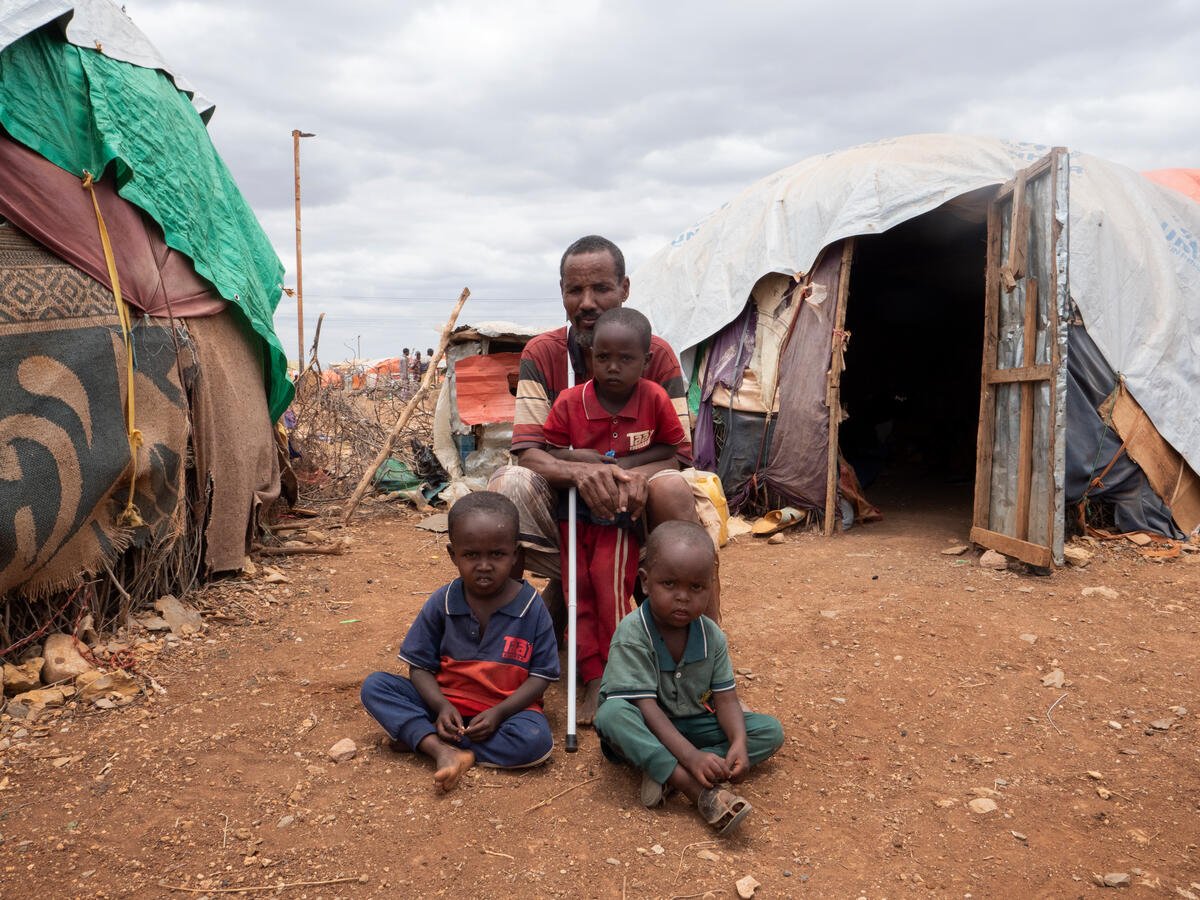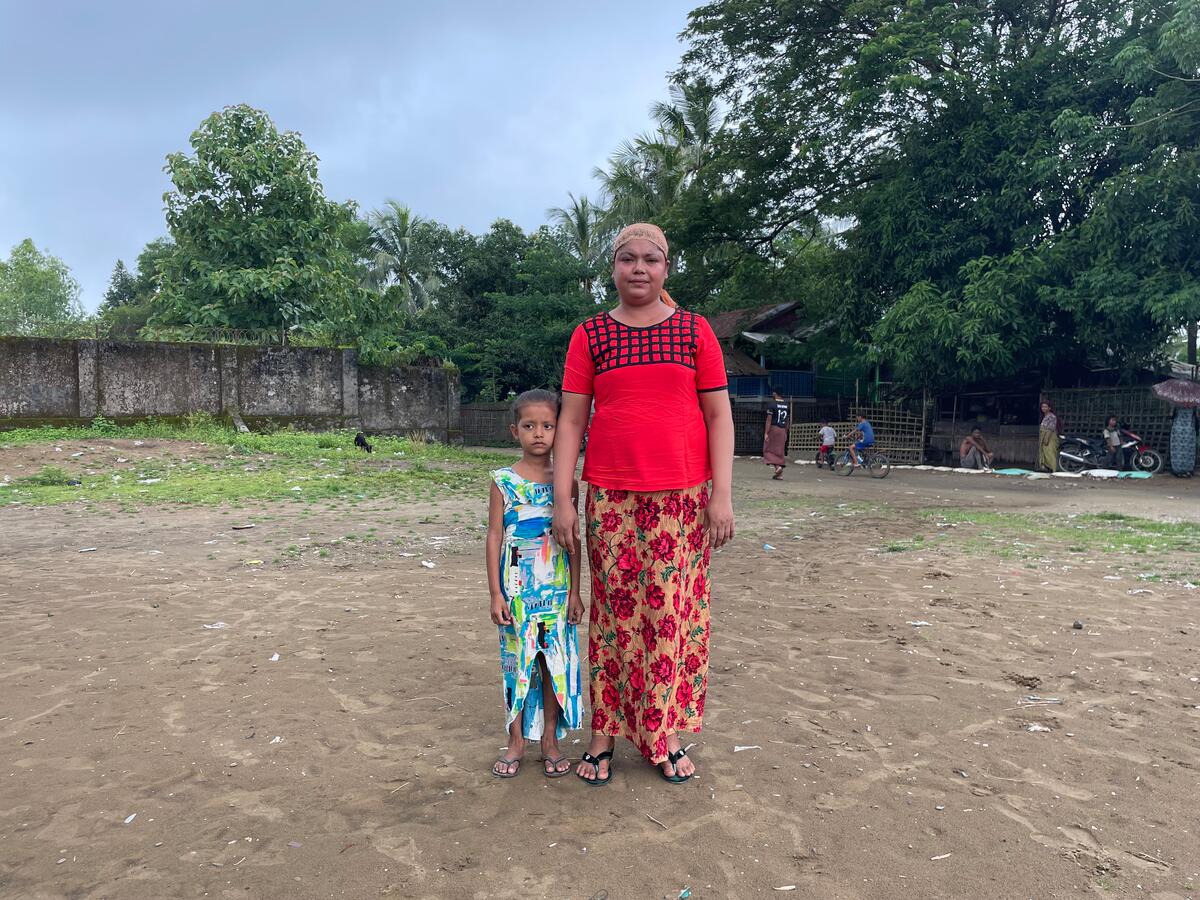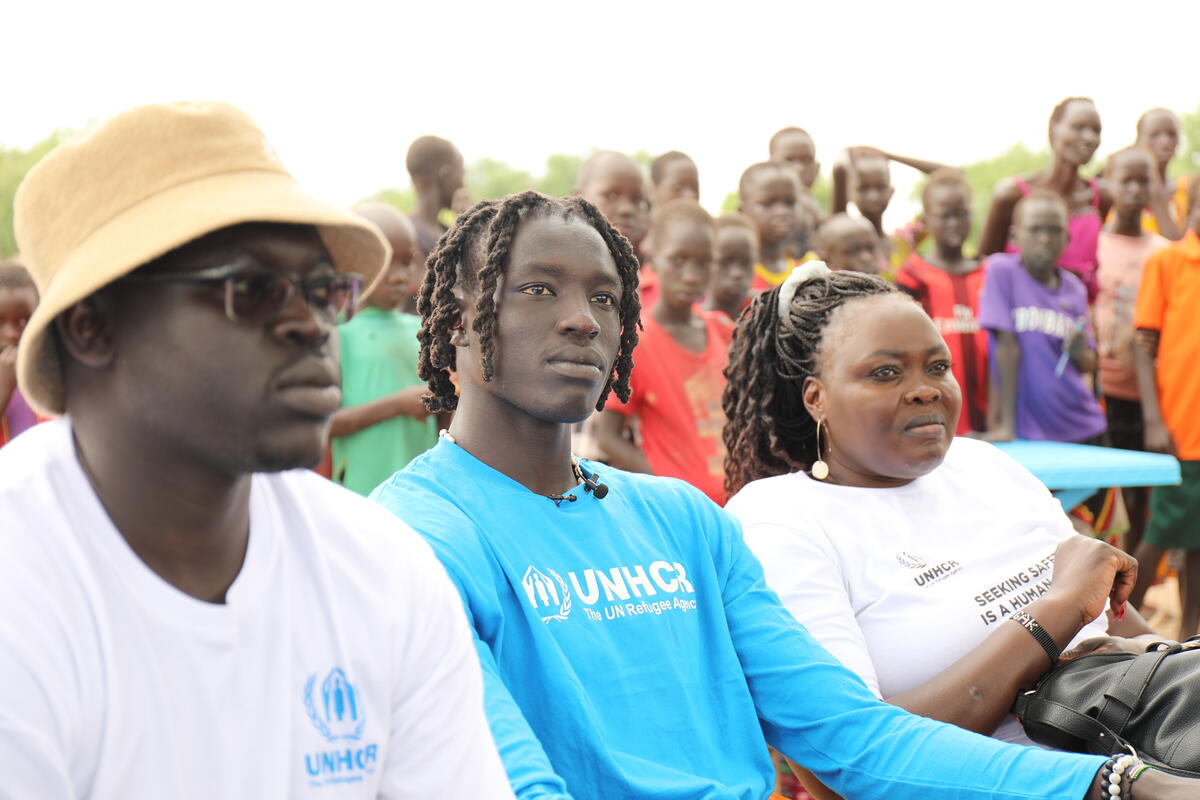Q&A: UNHCR faces up to the challenges in Colombia
Q&A: UNHCR faces up to the challenges in Colombia

GENEVA, January 26 (UNHCR) - Roberto Meier has been UNHCR's Representative in Colombia since 2004. The Argentinian sees light at the end of the tunnel for a country with one of the largest internally displaced populations in the world. He talked recently in Geneva to Web Editor Leo Dobbs. Here are some excerpts from the interview:
Can you tell us something about your office and area of operations?
UNHCR has 12 offices - one branch office and 11 field offices - in Colombia and in 2007 we are going to be a total of 140 staff members divided into core and non-core staff.... There are service staff, plus an important number of United Nations Volunteers, both internationals and nationals ... and partnership arrangements with other NGOs, like IRC [International Rescue Committee], or secondments from different governments, like the Swedish and Norwegian governments.
Our offices are scattered in five regions; the south, central, east, west and north.... It's a very big area. Some of the departments of Colombia can be as big as some of the European countries.... The [geographical and topographical] diversity is also reflected in the people, the customs, the ethnic groups. That's why also it is difficult for Colombia to manage not only its own conflict, but the differences among the different regions. It has around 44 million [people], out of which more than three million are displaced.
How long has Colombia suffered from instability?
The problem has been going on for more than 40 years now and for different reasons. From the 1960s, there were political differences.... In 1976 to 1978, drug cultivation was introduced to Colombia ... this has again intensified the internal armed conflict and as a consequence [triggered] a serious humanitarian crisis, the worst humanitarian crisis of the western hemisphere.
Please tell us a bit about UNHCR's work in Colombia
UNHCR, what is does is protection.... In 1997, UNHCR saw a role in helping the government to ensure the protection and rights of the IDPs [internally displaced people] in Colombia. Firstly by helping the Colombian state in drafting legislation that will make the IDPs subject of a specific law, subjects of specific rights ... and this was then strengthened by the adoption by the United Nations of the guiding principles on displacement in 1998.
UNHCR's role is to strengthen all those legal proceedings as well as [maintaining] a very important presence in the field to firstly strengthen the national institutions, national capacities, and secondly to work with the state control mechanisms to ensure accountability and implementation, thirdly to work with civil society to strengthen civil society mechanisms and fourthly to work with the IDP organisations ... along these four lines we have what we call our protection strategy.
What we also do is to provide country of origin information, which is extremely important for the national eligibility commissions elsewhere when they are analysing cases of asylum to give them all the elements to ensure their correct judgement, either to accept or reject the case.
The main reason of UNHCR being in Colombia is the relationship between asylum and displacement, the link between asylum and displacement. When working with displacement issues in any given country, we understand that what we are doing is providing the country and the citizens with the possibility for them to find doable and local solutions in their own country.
Tell us about your work with indigenous people
Our task is to protect the indigenous people, to protect their rights and to allow justice to take place when it has to, or when the Colombian state decides that it should be applied.... The indigenous population is divided into 94 different ethnic groups representing three percent of the Colombian population, but the problem is the indigenous represent eight percent of the displaced people ... something similar happened with the Afro-Colombian community.
You are opening two new offices. Is this because the problem of displacement is growing?
I wish we could have had this structure in 1997, then in those old days we could have saved many lives.... What we are doing is catching up to requirements.
What about the problem of Colombian refugees?
About 100,000 Colombians have been recognised as refugees.... Many Colombians have moved out. Some of them have sought asylum, but many of them don't want to take that step, hoping that they can go back to Colombia to enjoy a better Colombia. One thing that we have observed is that Colombians always would like to go back to Colombia.
Do you see light at the end of the tunnel?
I see that light at the end of the tunnel because of the enormous commitment of the Colombian government, from political commitment to financial commitment.... We [also] see the tremendous commitment and engagement of the international community in helping Colombia overcome the problem, working together with the Colombian government and different institutions. We see the increasing engagement of civil society, both national and international, as well as the UN.... We have to continue supporting Colombia.








